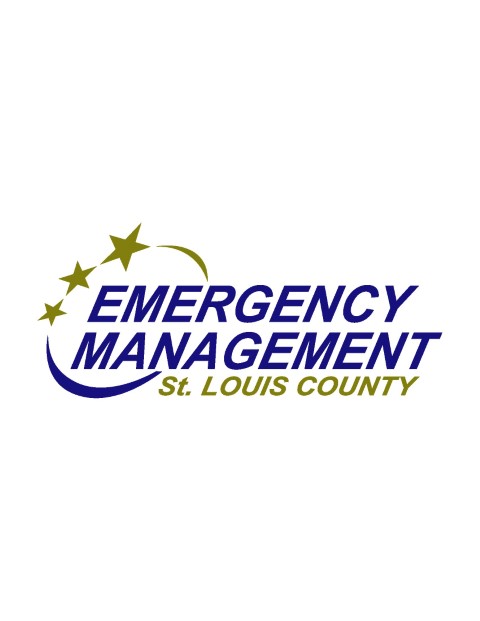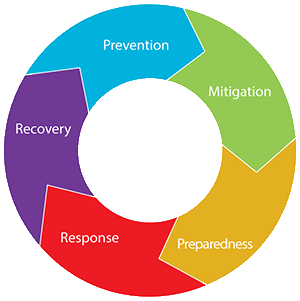

What is Emergency Management?
The role of emergency management is to protect lives, property, and environment from natural and/or human-made disasters through preparation, mitigation, response and recovery and to maximize the protection and promotion of public safety, health and welfare during large-scale emergencies.
Importance of Emergency Planning
It's important for everyone to plan for a disaster. Disasters can strike quickly and without warning. What will you do for food? How will you communicate with family members? What medications do you need? What will you do with your pet? Where do you go if you aren't home? How can you help your community? Many questions need to be answered and every family has a variety of needs that they will be concerned about. Some planning on your part could play a large role in protecting you, your family, and your community.
What Does the Emergency Management Division Do?
The division's role is to protect and serve St. Louis County residents, guests, and neighbors in all areas of emergency management. By creating emergency plans, connecting and working alongside partners, finding solutions to potential hazards, and directly responding to the unexpected, this goal is possible. A variety of resources are available below to learn more on information available in regard to emergency preparedness and response.